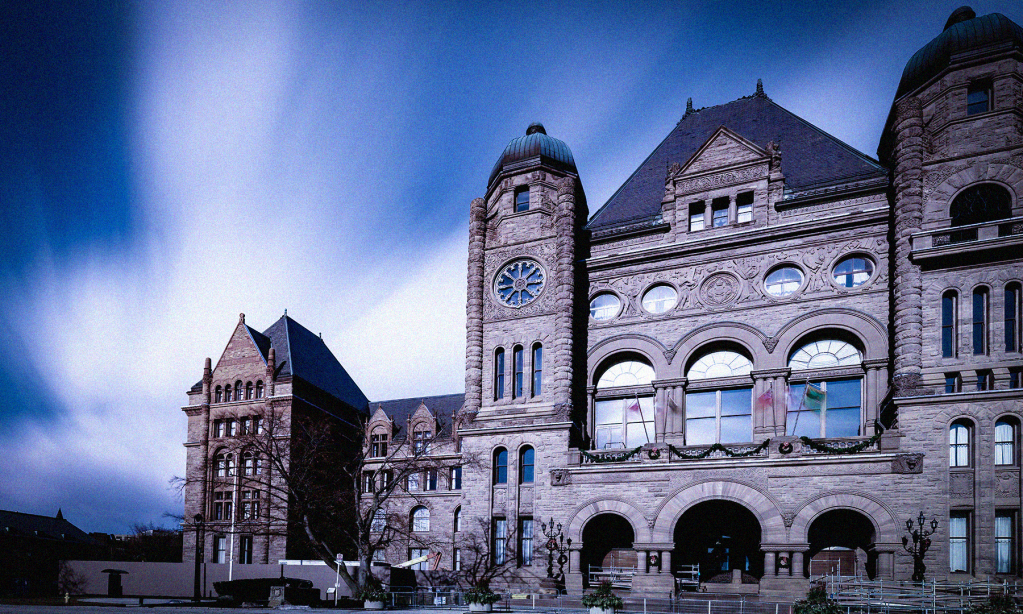The current Ontario government tabled its sixth annual budget yesterday. Here’s the state of the province today:
- Tent cities are the new normal in many of our municipalities.
- Food bank use is at record levels.
- More than two million people have no family doctor.
- The province needs at least 24,000 more nurses.
- Court cases, even those involving assaults, are being thrown out because the lack of staff is causing unacceptable delays.
- More than a quarter of schools report daily teacher shortages.
- No province does less, per student, to fund post-secondary education.
- Ontario Works (OW) payments to individuals are stuck at $733 a month—unchanged since 2018. Thanks to inflation, OW recipients actually receive 15 per cent less today, in real terms, than they did back then.
If you think the budget was a great opportunity to fix some or all of these problems, you’re right. Unfortunately, this is not what happened.
Any provincial budget is filled with examples of things the government plans to spend money on. For example, the 2024 Ontario budget calls for a new provincial park near Bracebridge, with 250 campsites. The government will spend $30 million on protective equipment for firefighters. It will train more workers to do important jobs. It will subsidize gasoline prices. It will make some Ontario wine cheaper.
As far as the government is concerned, these are all good news stories—that’s why they’re in the budget. But it’s important to ask, how are these things being paid for? Is it with new revenues? Or with cuts to other programs and services that aren’t mentioned at all? To answer those questions, you need to look at the numbers.
The 2024 budget shows how much the government spent in major spending areas in the fiscal year just ending (2023-24) and how much it plans to spend in the year ahead (2024-25). Looking at the numbers, it’s clear that the government plans to spend less on post-secondary education (universities and colleges) and justice (courts and law enforcement) in 2024-25 than it did in 2023-24. At first glance, it appears that the budget includes more spending on health care, education, and children’s and social services. Unfortunately, that is an illusion.
According to the budget, Inflation will average an estimated 2.6 per cent next year, which means that what looks like more funding for health and children’s and social services is actually less after inflation is taken into account.
Also, the budget estimates that Ontario’s population will grow to over 16 million people in 2024—an increase of 2.6 per cent. As a result, public services in every major category will receive less funding, per person, in the year ahead, after inflation, than they did in the fiscal year just ending.
It also means that whatever new spending is mentioned in the budget will be paid for by moving money from other areas. There are no new measures in the budget that would actually raise revenues.
This is all consistent with the government’s track record since 2018. Funding is always too little, and as the years go by, the services and supports Ontarians need have been getting weaker and weaker. It's no wonder the major problems listed above are not being addressed. The government simply doesn’t want to pay.
The 2024 Ontario budget is a mid-term budget, two years after the last election and two years before the next one. Mid-term budgets tend to follow the track the government has already laid down. In this case, that track leads to lower funding for public services, and lower income transfers for people who need them the most.
It's disappointing. But it’s not surprising.







